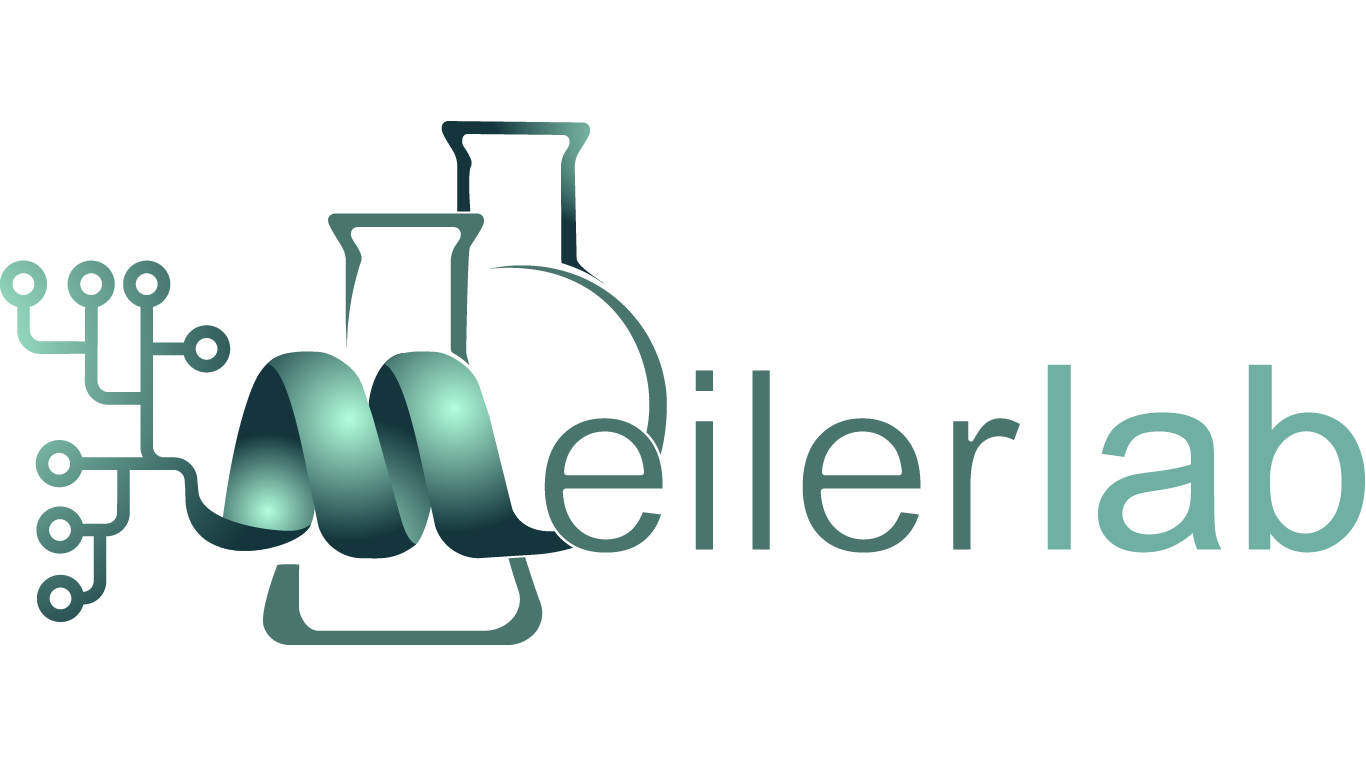
This user has not added any information to their profile yet.
- small-molecule drug discovery
- computer-aided drug discovery
- small molecule drug discovery
- geometric deep learning
- self supervised learning
High throughput screening (HTS) is the use of automated equipment to rapidly thousands to millions of samples for biological activity [3] and takes precedence as a means for finding novel therapeutics in the early drug discovery process. However, this brute-force approach often leads to an extremely low hit rate, typically around 0.05%-0.5%. As proven to be successful in many domains and recently in structural biology, deep learning (DL) is one potentially powerful way to enrich the testing compound library and hence reduce the cost by significantly decreasing the number of compounds necessary to screen while retaining the same level of lead compound discovery. In the DL pipeline, the input molecules can be represented as fixed fingerprints, sets of descriptors, or language sequences. These representations inevitably suffer from innate problems. The chemistry world actually has a long-established history in representing molecules as graphs. However, this representation is only recently being utilized in DL because the irregularity of graphs imposes significant challenges for most DL algorithms. Beside, the imbalanced data distribution and lack of labeled data also impedes the development of new drugs. My research aims at developing novel geometric deep learning and self supervised algorithms to solve real-life problems in drug discovery.
Personal website: www.liuyunchao.com
Co-mentored by Dr. Robert Bodenheimer and Dr. Tyler Derr
